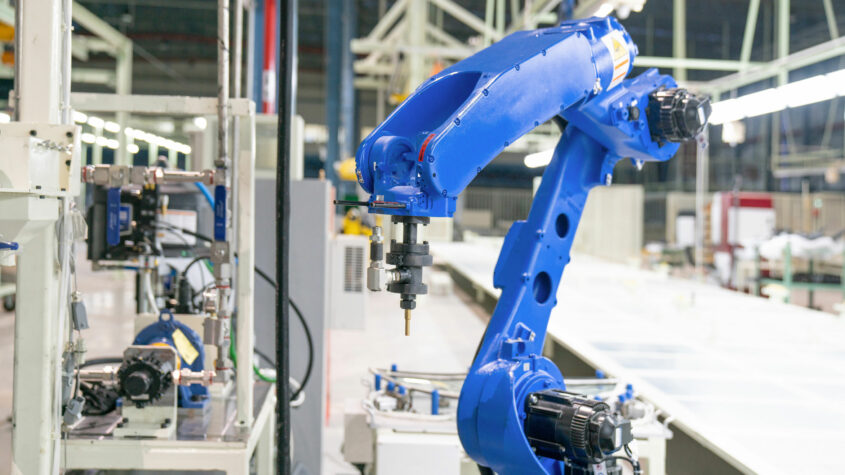The Future of Robotics: Advancements and Impacts on Society

The field of robotics is rapidly evolving, and there are many potential advancements that could have a significant impact on society in the future. Here are a few examples:
More sophisticated artificial intelligence (AI). As AI technology continues to develop, robots will become increasingly capable of learning and adapting to new situations. This could lead to robots that are able to perform a wider range of tasks, including those that are currently done by humans.
Improved sensors and actuators. Advances in sensor and actuator technology will allow robots to interact with the world in more sophisticated ways. For example, robots with improved sensors will be able to see and hear better, while robots with improved actuators will be able to move more precisely.
Increased connectivity. As robots become more connected, they will be able to share data and collaborate with each other. This could lead to robots that are able to work together to complete complex tasks more efficiently.
These are just a few of the potential advancements that could shape the future of robotics. It is still too early to say exactly how these advancements will play out, but it is clear that they have the potential to revolutionize many aspects of our lives.
Here are some of the potential impacts that robotics could have on society:
Increased productivity. Robots could help to increase productivity in many industries, such as manufacturing, healthcare, and agriculture. This could lead to lower costs for businesses and consumers, and it could also create new jobs in the robotics industry.
Improved safety. Robots could be used to perform dangerous or hazardous tasks that are currently done by humans. This could help to reduce the number of workplace injuries and fatalities.
Enhanced quality of life. Robots could be used to provide companionship, care, and assistance to people who are elderly, disabled, or infirm. This could help to improve the quality of life for many people.
New challenges. As robots become more sophisticated, they could also pose new challenges for society. For example, robots could be used to automate jobs, which could lead to job losses. Robots could also be used to develop new weapons, which could increase the risk of conflict.
It is important to consider both the potential benefits and challenges of robotics as we look to the future. With careful planning and foresight, we can ensure that robotics is used to improve the lives of all people, rather than to harm them.
Here are some of the things that we can do to prepare for the future of robotics:
- Invest in education and training. We need to ensure that people have the skills they need to work with robots in the future. This includes training in areas such as robotics engineering, programming, and artificial intelligence.
- Develop ethical guidelines. We need to develop ethical guidelines for the development and use of robotics. These guidelines should address issues such as privacy, safety, and liability.
- Create a dialogue about the future of robotics. We need to have a public conversation about the potential benefits and challenges of robotics. This will help us to ensure that robotics is used for good, rather than for harm.
The future of robotics is full of possibilities. With careful planning and foresight, we can ensure that robotics is used to improve the lives of all people.








